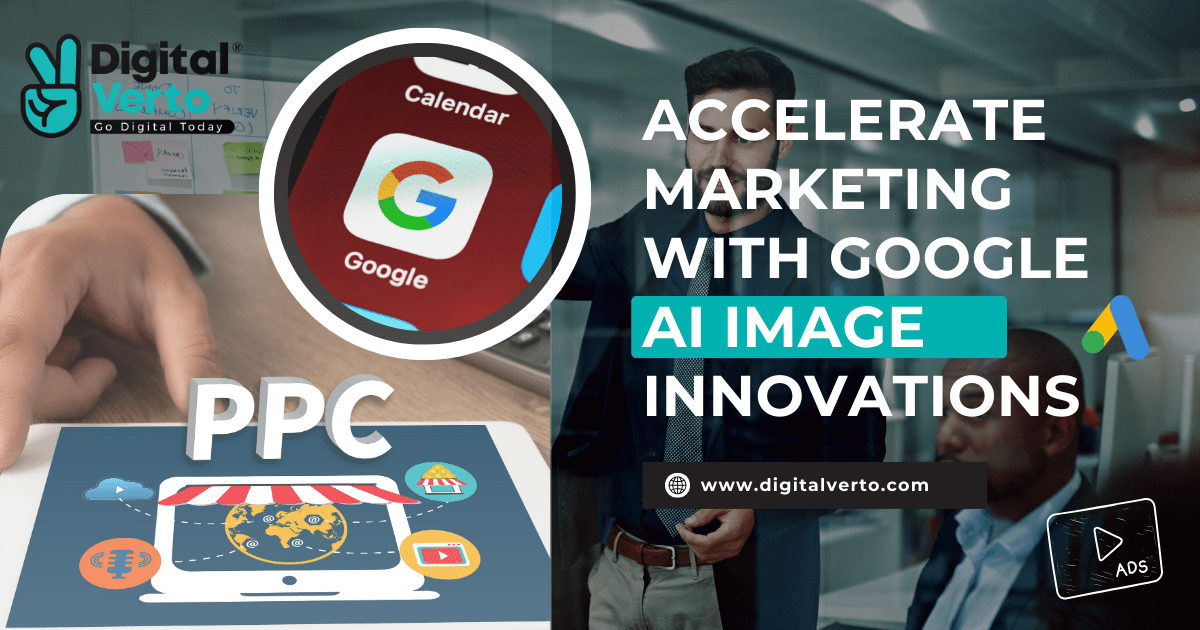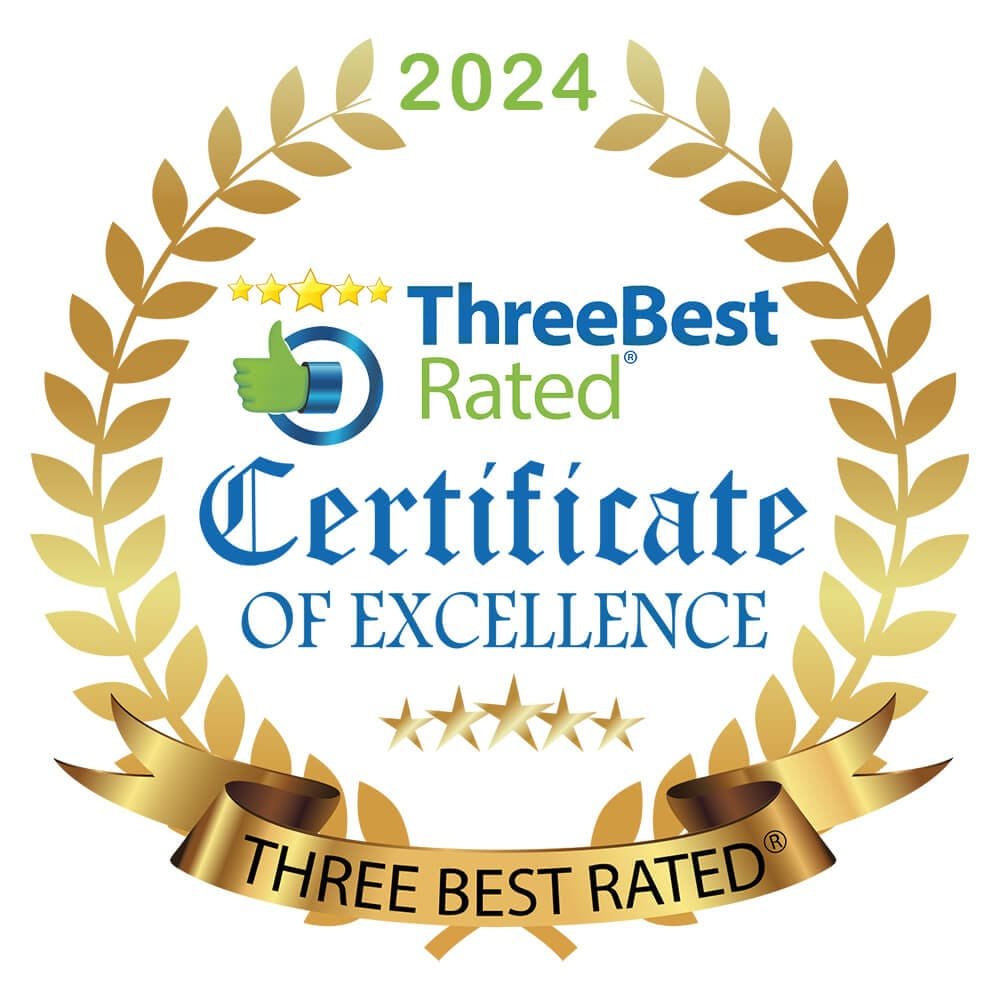In the fast-paced marketing world, leveraging cutting-edge tools is crucial to stay competitive. Google’s AI image generation tools for Google Ads provide marketers with an efficient way to create high-quality, generic product and lifestyle images. However, to prevent misuse and ensure compliance with legal standards, Google has implemented specific content restrictions. This authoritative guide will explore these restrictions, highlight the benefits for marketers, and provide a detailed roadmap for effectively utilizing these tools.
Capabilities of Google’s AI Image Generation Tools
Google’s AI image generation tools are designed to produce a variety of generic product and lifestyle images. Utilizing advanced algorithms, these tools help marketers generate visuals that enhance their campaigns without the need for extensive photoshoots. However, it’s essential to understand that these tools are restricted to generating non-branded images only.
Content Restrictions in AI Image Generation
To maintain ethical standards and avoid legal issues, Google has outlined specific content restrictions for its AI image-generation tools:
- Faces and Children: AI tools are prohibited from generating images featuring faces, children, or specific individuals to protect privacy and prevent misuse.
- Branded Items and Logos: Prompts that include brand names or logos will trigger an error message, ensuring that the generated images remain generic.
- Sensitive Verticals: Certain sectors, such as politics and pharmaceuticals, are restricted from using AI-generated image suggestions due to their sensitive nature.
These restrictions ensure that the AI-generated images are safe, compliant, and suitable for a broad range of applications.
Google’s Guidelines for Responsible AI Image Use
Google’s guidelines for AI image generation emphasize responsible use and safety. When attempting to create branded product images, users will encounter error messages instructing them to remove any branded terms from their prompts. Adhering to these guidelines is essential for leveraging the full potential of Google’s AI tools while maintaining compliance and ethical standards.
Advantages for Marketers
Despite the restrictions, Google’s AI image generation tools offer numerous advantages for marketers:
- Efficiency and Scalability: Generate large volumes of high-quality images quickly, reducing the need for costly and time-consuming photoshoots.
- Versatile Applications: The generic images can be used across various platforms, including e-commerce product listings, display ads, and social media marketing.
- Legal Safety and Brand Protection: By avoiding branded content, marketers can mitigate the risk of legal issues and maintain brand integrity.
How to Use Google’s AI Image Generation Tools Effectively
Here’s a step-by-step guide to using Google’s AI image generation tools:
- Access the Tools: Log into your Google Ads account and navigate to the AI image generation section.
- Create a Prompt: Write a clear and specific prompt for the type of image you want, ensuring it does not include any branded terms.
- Review and Edit: Examine the generated image and make necessary edits using Google’s editing tools.
- Apply the Image: Integrate the generated image into your marketing campaigns, such as product listings, display ads, or social media posts.
Tips for Effective Prompts
- Be explicit about the type of product and setting you want.
- Avoid any mentions of brands, logos, or specific individuals.
- Use detailed descriptions to guide the AI in creating the desired image.
Best Practices
- Regularly review Google’s support documentation for updates.
- Test different prompts to see what works best for your needs.
- Ensure that all generated content aligns with your brand’s overall aesthetic and marketing goals.
Google’s AI image generation tools offer a revolutionary way to create high-quality, generic images for a variety of marketing applications. By adhering to Google’s guidelines and avoiding restricted content, marketers can leverage these tools to enhance their marketing efforts efficiently and responsibly. Embrace these AI tools to streamline your visual content creation process and drive marketing success while ensuring compliance and ethical standards.





